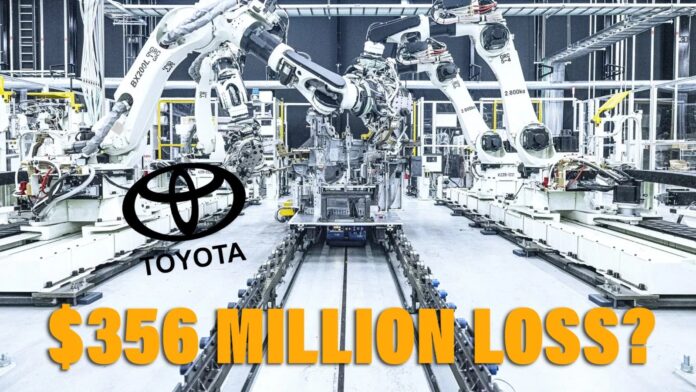Toyota recently caused a stir in the automotive world by suddenly stopping their factory activities for a day. No kidding as many as 14 Toyota factories in Japan do not work at all all day.
The factory shutdown is suspected to be due to a computer problem. The system update on the factory computer did not work perfectly, so the entire work system had to be stopped.
Based on Reuters calculations, Toyota production in Japan constitutes a third of global production, namely an average of around 13,500 vehicles per day in the first semester of 2023. This figure does not include vehicles from the automaker groups Daihatsu and Hino.
Then, based on its financial reports, the average price of global vehicle sales in the last quarter was equivalent to USD 26,384.
“If we use this figure as a proxy, then the revenue from a full day’s production at its 14 factories is equivalent to USD 356 million, or around IDR 5.4 trillion,” said Reuters, Thursday (31/8/2023) yesterday.
Currently all the factories that were temporarily closed are back in operation. Carscoops said the incident had tarnished Toyota’s good name, which is known for having the best car production system in the world.
“Toyota is often credited with developing the Just-In-Time (JIT) production system, which is an important component of the Toyota Production System (TPS) or Lean Manufacturing,” explained Carscoops.
Unfortunately, trivial problems such as updating the computer system actually managed to make Toyota at a loss and stop production activities. The loss of one day’s production actually caused Toyota to suffer huge losses.
Apart from that, according to Carscoops, the incident also questioned Toyota’s new leader, Koji Sato. Moreover, when he held the position of number one person at Toyota since April 2023, Toyota continued to experience problems.
Some of the problems include the manipulation of crash tests carried out by one of their group members, Daihatsu, as well as the leak of data of 2 million owners which has been exposed due to cloud server configuration errors.
Problem after problem actually occurred at the wrong moment when Toyota was already planning to increase production.





